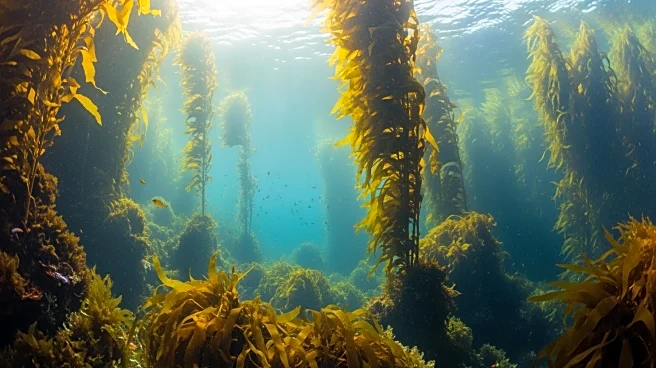What's Happening?
In Nabouono Village, Udu Point, the Veilomani Women's Club has successfully integrated cattle farming into community practices, reducing the reliance on turtle harvesting for traditional events. Club member
Talica Vugayawa notes that the availability of cattle as an alternative meat source has decreased the number of turtles harvested, aligning with stricter government regulations on turtle harvesting. The initiative has also simplified catering for large gatherings, as villagers no longer need to travel long distances to purchase meat. The project has received positive feedback, particularly during large events like the Provincial Council meeting, where beef was used to feed hundreds of attendees.
Why It's Important?
The shift towards cattle farming represents a significant step in sustainable community practices, contributing to the conservation of turtle populations and marine ecosystems. By providing an alternative to turtle meat, the initiative supports government efforts to protect endangered species and promotes environmental stewardship. This approach not only benefits the local community by offering a reliable meat source but also aligns with broader conservation goals, ensuring the preservation of marine life for future generations.
What's Next?
The Veilomani Women's Club plans to expand its sustainable practices by incorporating beekeeping into its initiatives. Members are seeking support from organizations to fund the beekeeping project, following successful training. This expansion reflects the club's commitment to diversifying sustainable practices and enhancing community resilience. As the club continues to develop these projects, it may serve as a model for other communities seeking to balance traditional practices with conservation efforts.
Beyond the Headlines
The initiative highlights the cultural significance of traditional practices and the need to adapt them in response to environmental challenges. By prioritizing sustainable alternatives, the community is fostering a cultural shift towards conservation and responsible resource management. This approach may influence other communities to adopt similar practices, contributing to broader environmental and cultural preservation efforts.











